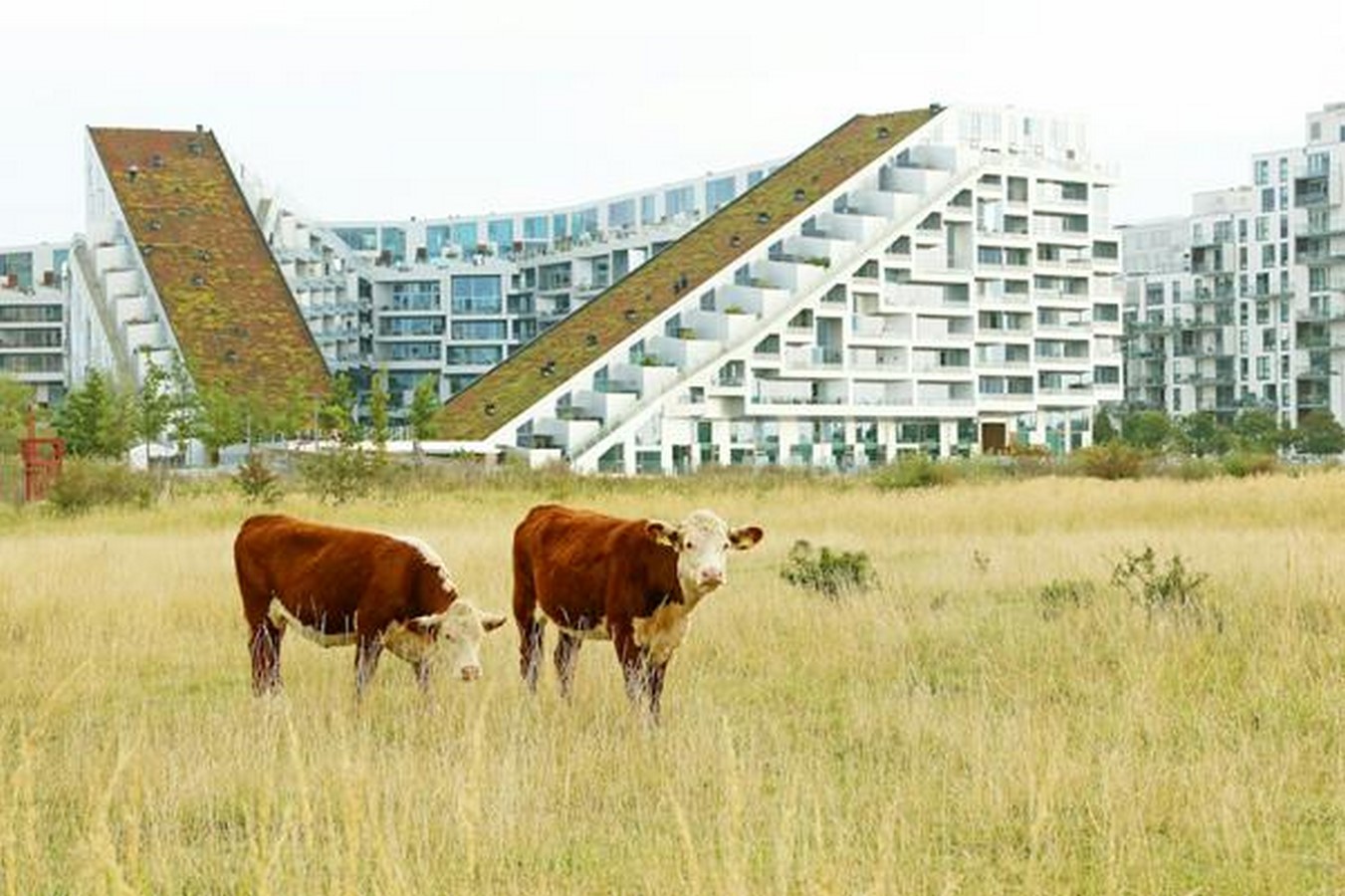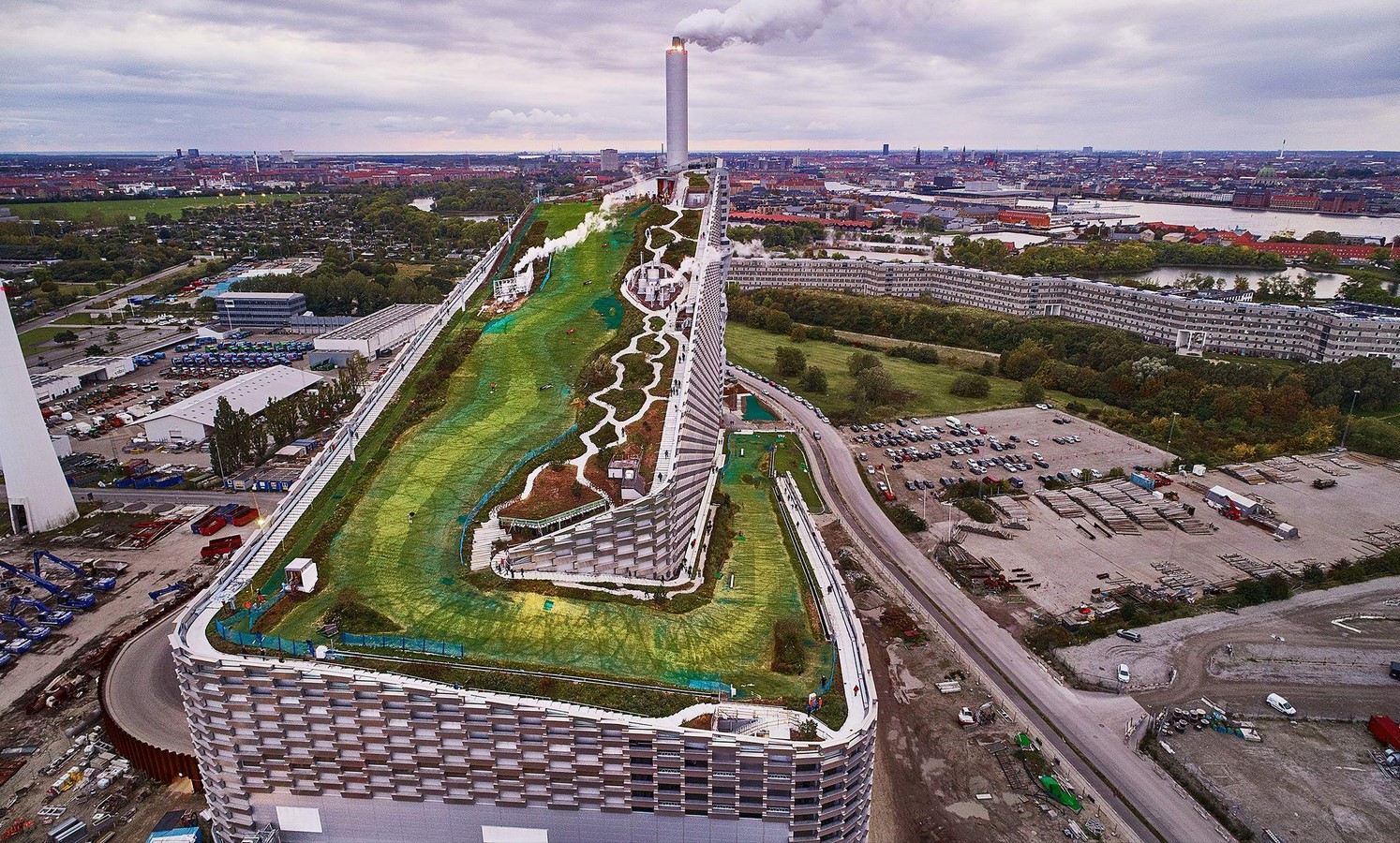Sustainability is an ecosystem that thrives on a balanced economic and ecological approach, where people and nature coexist and stimulate the environment for future generations. The climate crisis is slowly and steadily paving its way through the construction industry and the architecture field has begun to acknowledge its repercussions on the environment and the habitat it stands to protect. Sustainability is a complex term with definitions that are reframed, revised, and improved upon from time to time. Specific to the building industry, the idea of sustainability is increasingly being adopted to design and construct buildings that minimise adverse impacts on the environment and produce a system that functions without depleting natural resources.
The architect and sustainability
Sustainability is no longer a shelf term today but a common vocabulary that is finding its way into various fields in different capacities and definitions. Regardless of what the definition entails and specific to the context, sustainable design encompasses a built environment that protects, safeguards, and enhances the planet and human health. It also means proposing solutions that produce resilient communities that are equitable and self-sustaining.
Adopting sustainable measures is not one of choice but a necessity. An architect’s role in terms of design leadership and consciousness in material selection has a certain level of capacity of its own. The road to sustainability requires an interdisciplinary and systemic iteration that involves not just architects at its core but also designers, builders, contractors, technology, and operation service providers. Aesthetic and performance is a duality that must be mutually designed focusing on achieving net zero, equitable and healthy built environment. In pursuit of decarbonizing buildings, there is a need to adopt certain approaches and recommendations that can help to lower carbon footprint within a realistic and practical framework that adheres to reasonable expenditure and development.

Architects have now become synonymous with the idea of sustainable practice. Materials, models, and methods have offered commercial viability to execute potentially sustainable buildings. This has enabled more and more architects to travel the extra mile to design and build responsibly. The scope of shifting perspectives is to devise solutions that make way for a new way of living, an evolution from the current state, and looking forward with hope.
BIG on a mission to save the world
Bjarke Ingels Group has a strong stance on sustainability, which is often described as hedonistic sustainability meaning building elements that consist of environmental factors must be closely tied together with the building program on the onset of a project. Renowned as one of the most popular and impactful contemporary architects of the 21st century, Bjarke Ingels Group is recognized for their bold and clean design moves that more often than ever end up as iconic creations. The prolific career of BIG has spanned regions and continents through buildings of various typologies, forms, and functions. BIG has an unwavering concept for a sustainable approach integrated into the foundations of their projects.

The idea is to incorporate sustainable design strategies that are effective in reducing environmental impact and increasing the quality of life. With the exhibit of an array of sustainable buildings ranging from residential to multi-functional spaces, BIG is rerouting the pathway to achieving an urbanized world with the help of existing technologies, informed sustainable approaches, and innovative strategies.
Via 57 West, 8 House, and Superkilen are a few notable projects undertaken by BIG in the past few years. In their spare time, BIG is busy formulating a plan to save the world. According to Bjarke Ingels, a single climate change master plan is insufficient to solve all the environmental problems. The plan needs to be iterated, layered, and analyzed to propose a design for the planet that will help in cutting down greenhouse emissions, protect depleting resources and adapt well to climate change.
Redefining sustainability through groundbreaking projects.
2019 marked the official opening of CopenHill (or Amager Bakke), an ode to hedonistic sustainability. The combined heat and power facility is located outside of Copenhagen, the capital of Denmark. This state-of-the-art complex has set a new standard for waste treatment, energy production, and environmental performance.

Amager Bakke, the waste-to-energy plant is considered one of the best-performing European plants with regards to energy efficiency and waste management. This highly innovative project is also equipped with a recreational and an environmental education center. The facility replaces an adjacent 45- year old waste incineration plant that was responsible for generating energy for 150, 000 households in the vicinity. Amager Bakke is certainly an architectural feat in terms of functionality, form, and aesthetic. A striking ski slope defines the roof form of the complex catering to recreational facilities for the city residents.

The unique design of the slope offers an artificial skiing slope, running path and also features the highest artificial climbing wall in the world at 80 meters in height. Through this, the architect promotes environmental sustainability along with architectural and technological advancement. The project follows a user-centric approach dedicated to the local community. There is a beautiful balance between technological advancement and innovative architectural methods. “The factory is exceptional in terms of energy output, environmental considerations, and workplace conditions. We’re not only talking about an industrial installation here; we’re talking about a landmark of the Danish city as well. It’s also close to the airport and only five kilometers from Copenhagen’s Town Hall Square,” the project manager adds.
Technology, efficiency, and sustainability
The Amager Bakke waste-to-energy facility is in charge of burning the waste gathered from close to 46 000 businesses and more than 500 000 residents in the Copenhagen area. The plant utilizes 100% of the energy content of the waste, directly contributing to a high level of energy efficiency. The temperature in the plant is regulated with the use of stone wool, mostly used around the pipes. A water-cooled combustor grate called DynaGrate is used in the plant. This offers optimized waste fuel combustion with a capacity to process a variety of waste materials. The plant also uses a flue gas condensation-optimized heat production. The use of flue gas also enables the plant to recover and reuse 100 million liters of water. In terms of Carbon diOxide emissions, Amager Bakke curbs 100, 000 tons of the gas a year and reuses 90% of the metal waste. The plant runs around the clock and the process is monitored, controlled, and regulated with a monitoring system.
With existing technologies and decisions that aid and elevate sustainable principles, it is possible to attain the highest level of living standards that adhere to a balanced environmental approach.
Reference List
Big.dk. (2019). BIG | Bjarke Ingels Group. [online] Available at: https://big.dk/.
www.aia.org. (n.d.). Incorporating sustainability into practice – AIA. [online] Available at: https://www.aia.org/best-practices/6423059-incorporating-sustainability-into-practice.
BIG ProfIle. (2012). Available at: https://ecoquartier.ch/wp-content/uploads/2016/05/copenhague_BIG-architects.pdf [Accessed 7 Aug. 2023].
Cutieru, A. (2021). How Emerging Practices Approach Sustainability in Architecture. [online] ArchDaily. Available at: https://www.archdaily.com/971859/how-emerging-practices-approach-sustainability-in-architecture.
Deloitte United States. (n.d.). Sustainable Construction and Buildings. [online] Available at: https://www2.deloitte.com/us/en/pages/energy-and-resources/articles/delivering-sustainable-construction.html.
mymodernmet.com. (n.d.). The Architecture of BIG – 10 Great Buildings by Bjarke Ingels Group. [online] Available at: https://mymodernmet.com/big-bjarke-ingels-group-architecture/.















